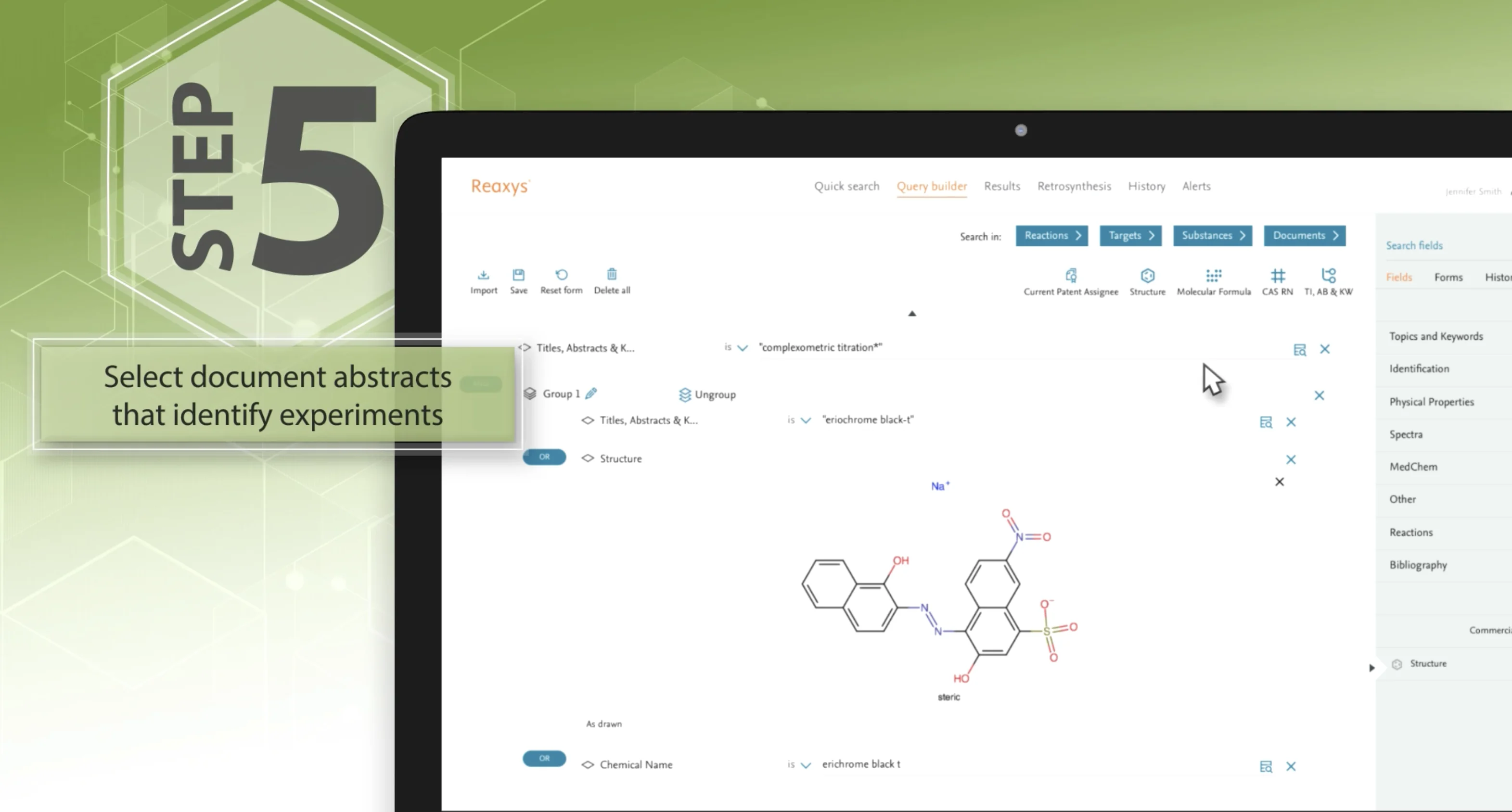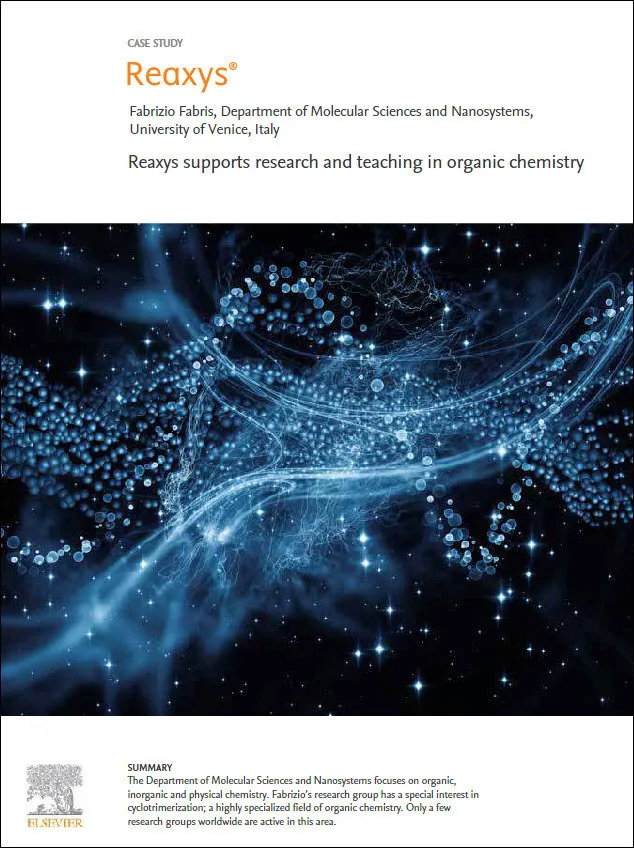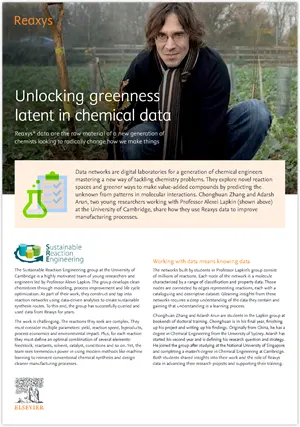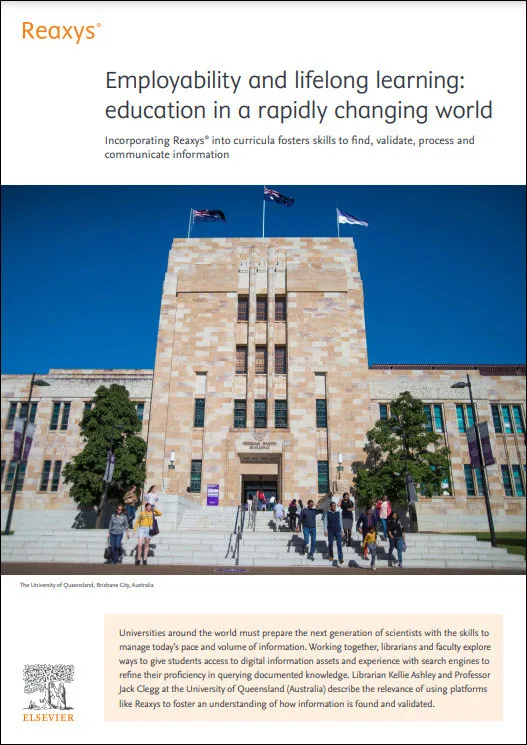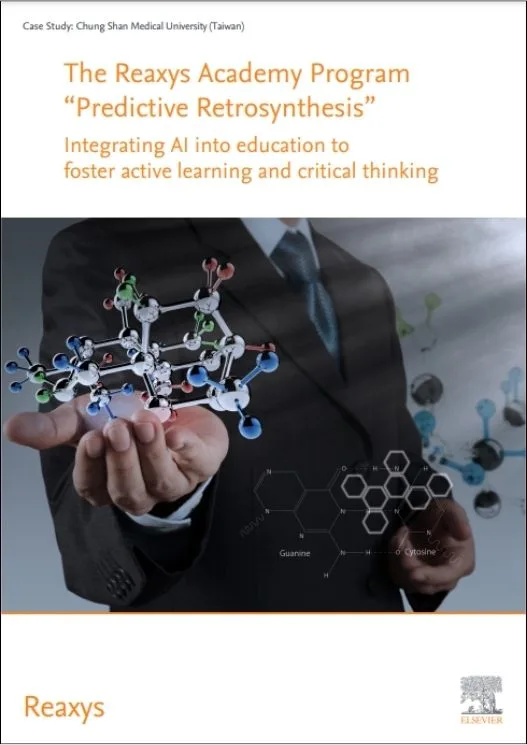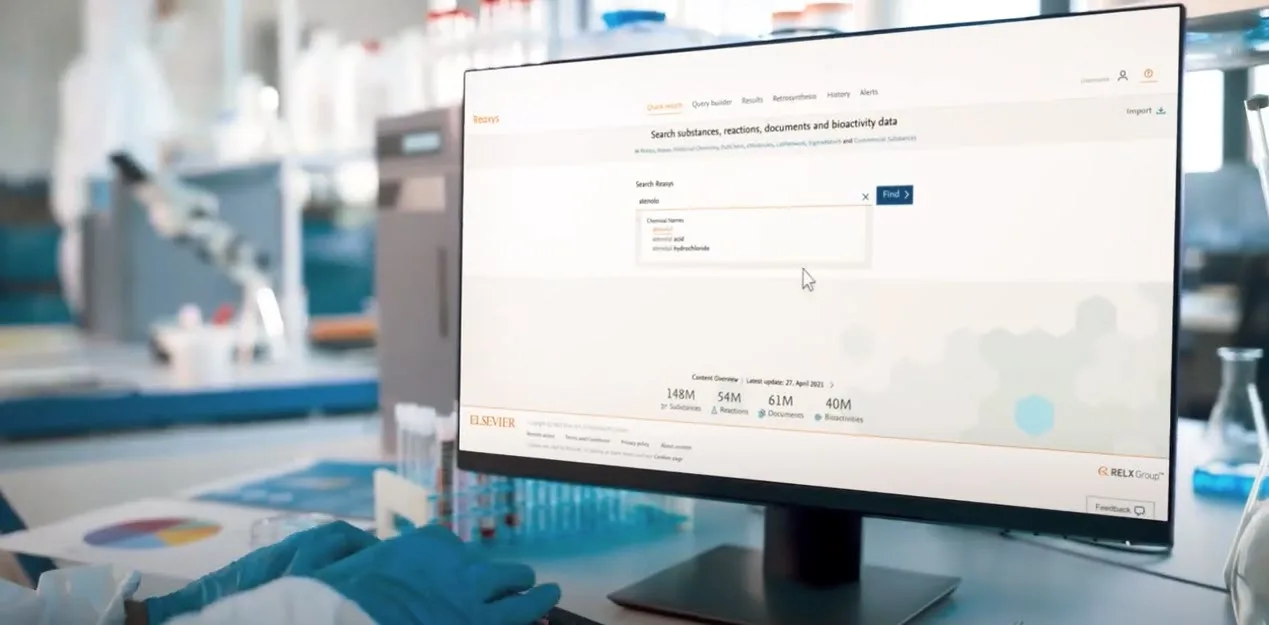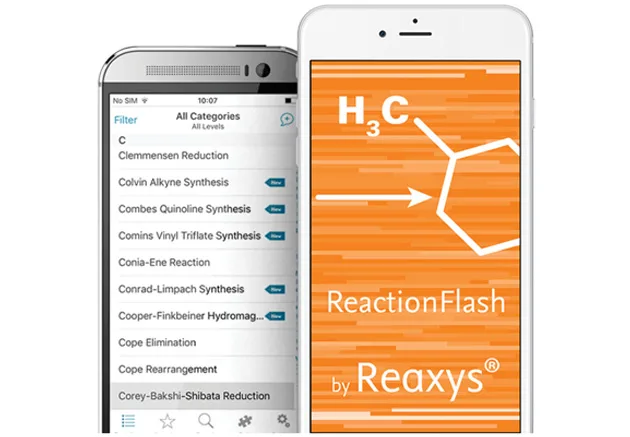Teaching experiment design with Reaxys
Using Reaxys to teach students experimental design represents just one of the various use cases through which the tool can benefit your institution.
Watch this short, one-minute video to learn how to guide students through experiment design in five easy steps with Reaxys.
Download an infographic to use with students in the classroom or lab(opens in new tab/window)
